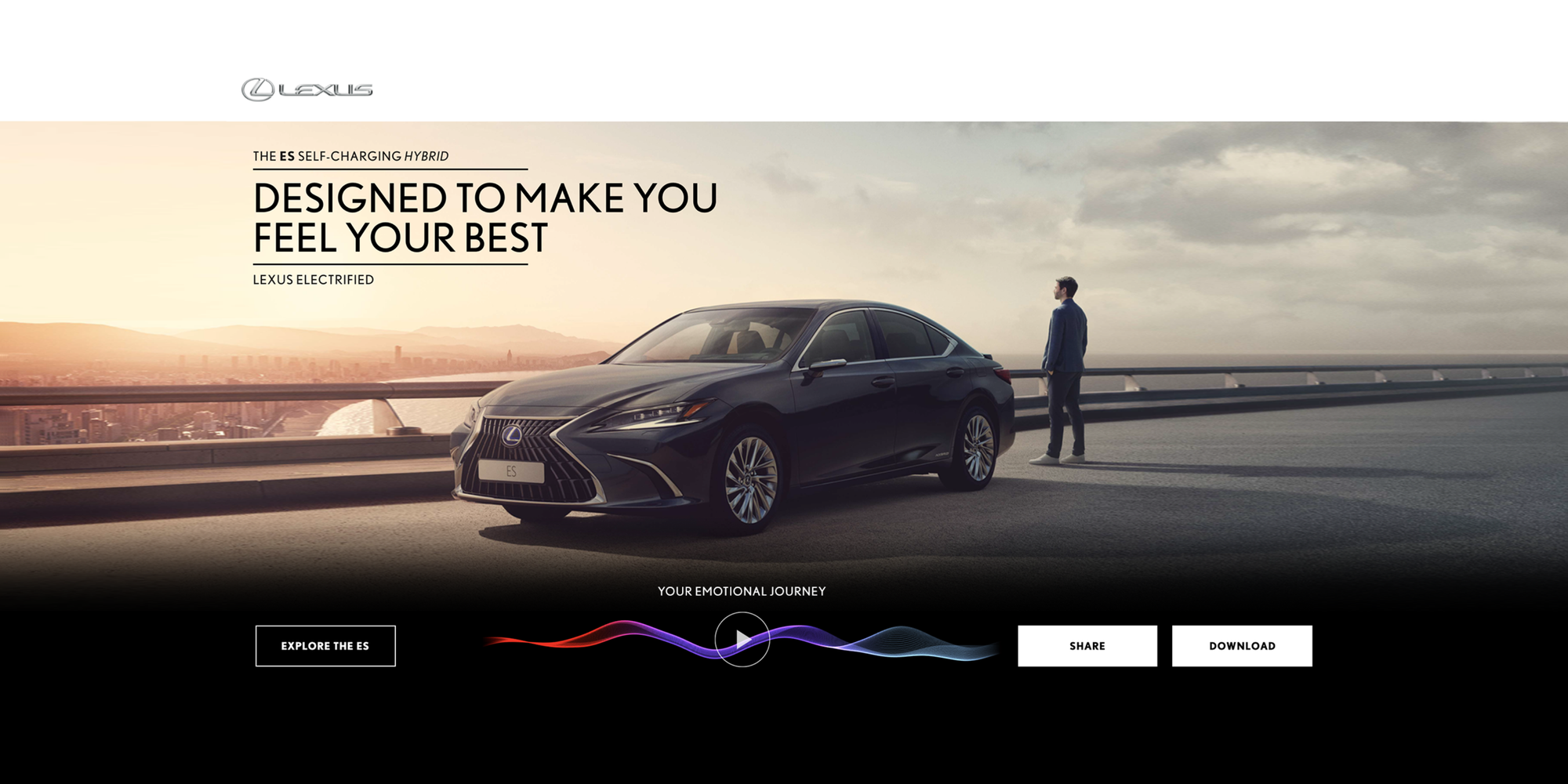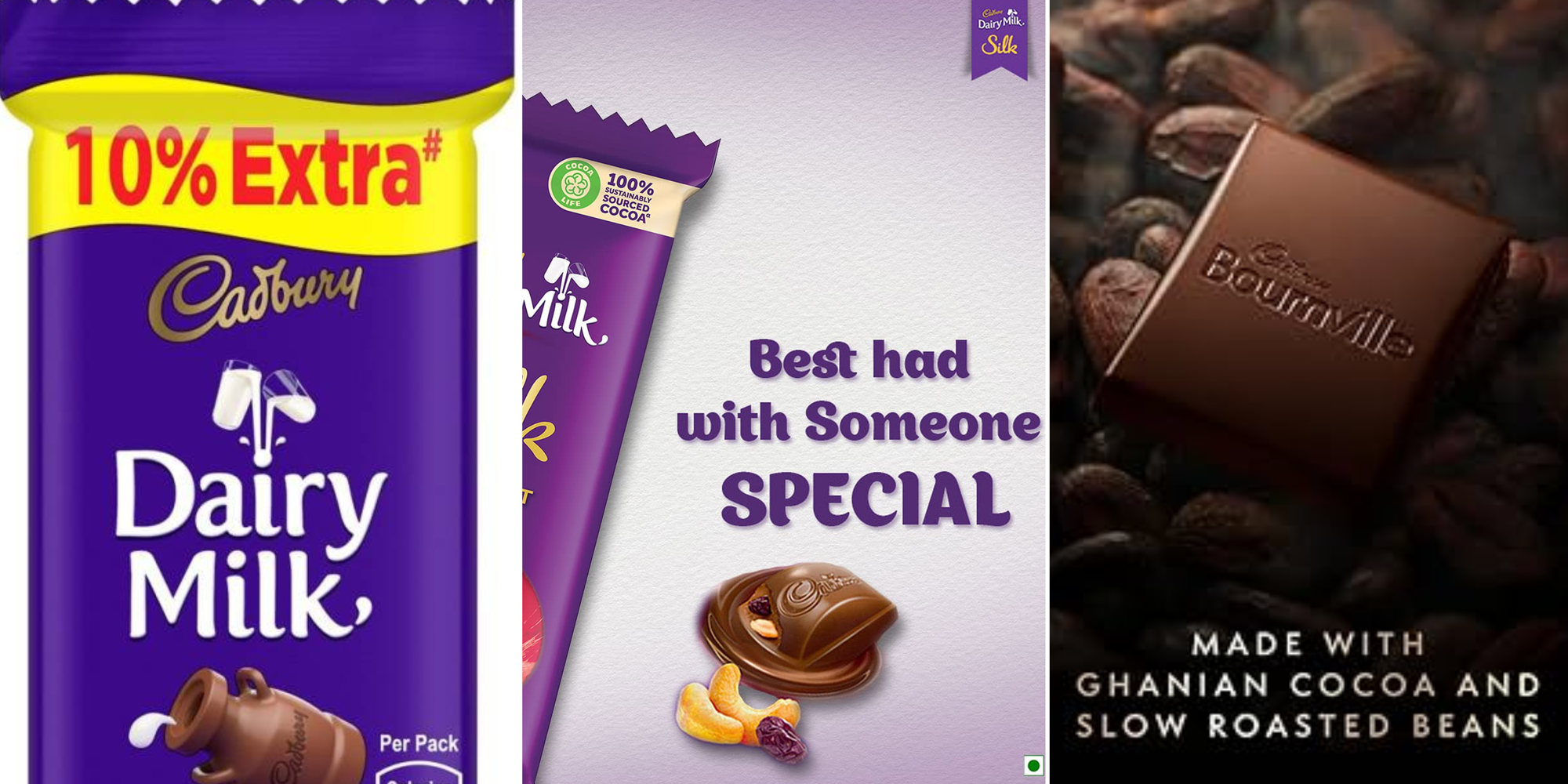An original framework on decoding consumer behavior for practical and powerful marketing strategies
“The deeper you understand how people behave with their money, the sharper your marketing strategies become.”
Over years of working with various brands, understanding consumer patterns, and decoding market psychology, I arrived at a model that has transformed the way I approach marketing — not as a one-size-fits-all mechanism but as a deeply behavioural science. I call this the Three-Class Theory of Market Classification — a simple yet powerfully actionable framework for anyone designing marketing strategies for diverse markets, especially in economies like India and China where consumer diversity is immense.
This theory classifies any market into three broad classes based on financial status and more importantly, behavioural orientation. While many market theories already talk about economic segmentation, this model dives into how people think and what motivates their purchase decisions, making it a much more dynamic and practical approach to use in branding and marketing.
Class C – The Value Seekers
Economically Inclined. Present-Focused. Price-Driven.

This segment represents the lower-income population. But I prefer not to define them solely by income, because there’s more to their decision-making than just affordability. They are value hunters — people who are highly calculative, deeply price-conscious, and extremely responsive to monetary cues.
“This group doesn’t buy brands, they buy value. They don't care who made it; they care what it costs.”
This is the class of people who live by one dominating rule: “How much does it cost?” Their decisions are mostly driven by affordability and immediate value for money. These consumers think in the present. For them, a product’s relevance isn’t based on longevity, brand name, or social status. It’s based purely on what they are getting today for the money they are spending.
What defines this segment is their economic sensitivity. They are not irrational with money; in fact, they are extremely calculative and cautious. But this same caution often leads to vulnerability. This is where sellers step in with clever pricing strategies — be it psychological numbers like ₹999 instead of ₹1000, or exaggerated discounts that make a product appear affordable even when it isn’t truly discounted.
They are deeply responsive to promotional language like “50% Off”, “Buy 1 Get 1 Free”, and “Limited Time Sale.” Their trust is easily swayed by loud messages and perceived urgency. They aren’t focused on product durability or societal opinions — they just want the product to satisfy an immediate need within their tight budget.
Marketing to this group means creating communication that screams value and urgency. The design language must be bold and bright — colors like red and yellow, large fonts, price cuts, and promotional tags work best. Every ad must answer just one question for them: “How much will I save today?”
One clear example is the Aadi Sale phenomenon in Tamil Nadu. Every year during this seasonal sale, thousands flock to textile stores to buy in bulk, convinced by loud offers and flashy discounts. Sellers, aware of the psychology, often raise prices beforehand, only to slash them dramatically to simulate massive deals. Another example is Akshaya Tritiya in the jewellery market — a classic mix of myth and marketing, where the promise of prosperity combined with “one-day gold offers” creates a frenzy of purchasing among this value-focused class.
Class B – The Aspirational Navigators
Emotionally Inclined. Conflicted. Validation-Seeking.

This is the most complex of all segments — the middle-income group. While they make up the largest consumer base in high-population countries like India, they are also the most difficult to decode and market to. What makes them unique is their dual orientation. They are deeply rooted in budget consciousness, yet irresistibly drawn toward the lifestyle and social image of the higher classes.
These consumers live in a constant state of emotional negotiation. On one side, they plan monthly budgets, hunt for best deals, and worry about savings. On the other, they crave recognition, aspirational living, and the validation that comes with premium consumption. They desire quality, but they need to feel justified in spending more.
Marketing to this group is less about shouting discounts and more about creating emotional assurance. They need to feel that their decision is intelligent, respectable, and emotionally fulfilling. Emotional storytelling, family-centric narratives, and celebrity endorsements go a long way. Known faces provide subconscious validation. Even if the celebrity is simply acting in an ad, their past screen roles, relatability, and familiarity build invisible trust bridges with this segment.
For example, when purchasing a mobile phone, a middle-class customer will research endlessly — reading reviews, comparing features, asking peers. But eventually, they are still influenced by pricing and reassurance. They may not openly admit it, but a good EMI plan or a celebrity-backed ad can tip the decision.
In the education industry, this segment stands out. These are the parents who ask in-depth questions about curriculum, pedagogy, safety, infrastructure — not because they doubt your quality, but because they seek emotional assurance before trusting you with their child. And after all that scrutiny, the ultimate decision often hinges on scholarships or fee concessions. Phrases like “We’re here for your child’s future” and “We’ll support you” often have more persuasive power than an entire brochure.
This class wants to climb. They aspire. But they won’t leap unless they feel safe. That’s why marketing to them must walk a fine line: blend rational value with emotional security.
Class A – The Brand Devotees
Sensory Inclined. Quality-Driven. Brand Loyal.

Now we come to the segment that doesn’t buy for need, doesn’t buy for offers, and doesn’t buy for social proof. They buy because it makes them feel something.
This is the upper-income group — people who are not careless with money, but who demand high-quality returns for their investments. For them, price is not a deterrent, it’s a filter for quality. What matters most is consistency, trust, and premium experience.
These consumers are deeply loyal to brands they trust. They do not switch easily, and when they find a brand that aligns with their expectations, they return — again and again — making them some of the most valuable customers in terms of lifetime value.
Marketing to this segment is not about offers. It’s about aesthetics, elegance, and emotion. These ads are minimalist, poetic, and visually seductive. Think dark backgrounds, slow motion, luxury textures, whispered voiceovers. The goal is not to inform — it is to enchant.
Take the automobile industry. A car marketed to this audience doesn’t show engine stats or safety ratings. It shows a ribbon of light skimming across the body of a perfectly polished vehicle. The message isn’t “here’s what it does,” but “here’s how it feels to own this.”
Or consider Cadbury’s Bournville chocolates. You’ll never see discount banners or happy families. Instead, you’ll see origin stories — cocoa beans from Ghana, dark studio lighting, first-bite sensuality. The tagline? “You don’t just buy a Bournville. You earn it.”
These campaigns tap into self-worth, indulgence, and legacy. There’s no urgency, no FOMO. Just quiet confidence. And in this calm, the Brand Devotee finds resonance.
A Unified Case Study: Cadbury’s Three Faces
Cadbury brilliantly understands this classification and tailors its marketing accordingly:

- For the Value Seekers, their ₹10 chocolate bar ads scream extra value: “Get 10% more for the same price!”
- For the Aspirational Navigators, the Cadbury Silk campaigns show couples sharing chocolates, celebrating birthdays, and expressing emotions — emotion and affirmation in every bite.
- For the Brand Devotees, the Bournville line takes an artistic turn. The focus is on origin, process, and feeling — a luxury experience narrated in chocolate.
Conclusion: Simplicity that Scales
In a world obsessed with data, personas, and funnels, the Three-Class Theory brings us back to a human truth: People buy based on who they are and what they value. If your marketing aligns with their mindset, the message sticks. If not, even the best products will fall flat.
This framework isn’t just theory — it’s strategy. It’s clarity. And for me, it’s been a transformational lens through which I build, consult, and scale marketing campaigns.
“Understand not what your market earns, but how they think. That’s where your marketing magic begins.”




